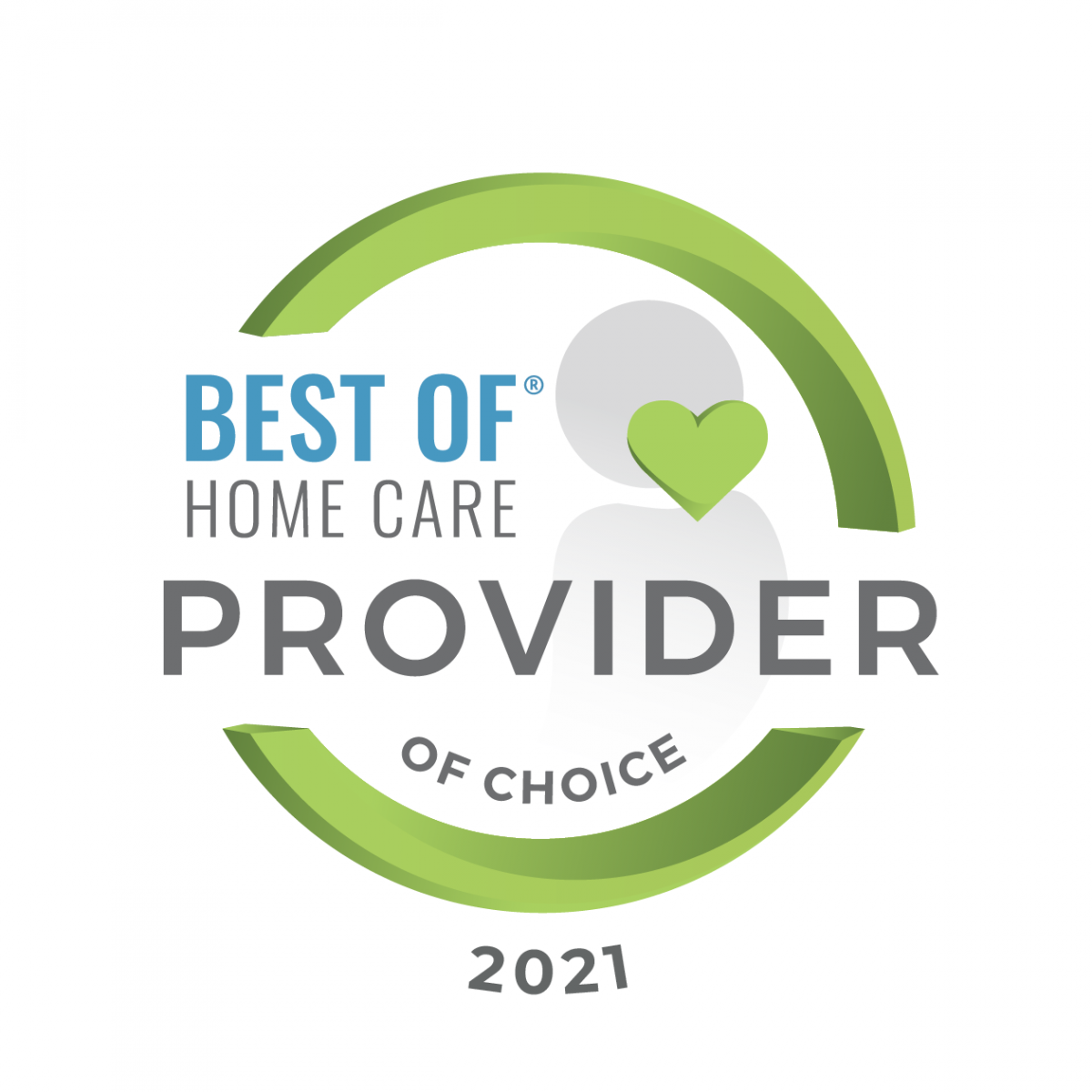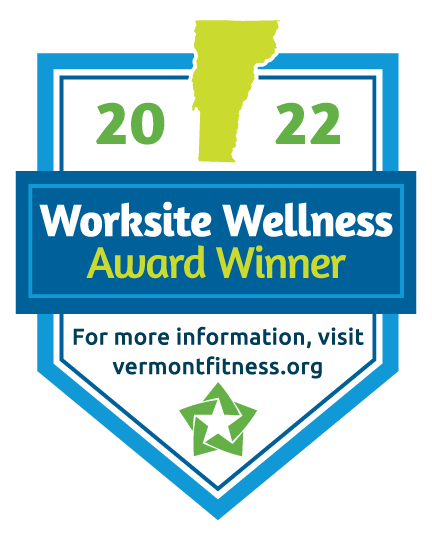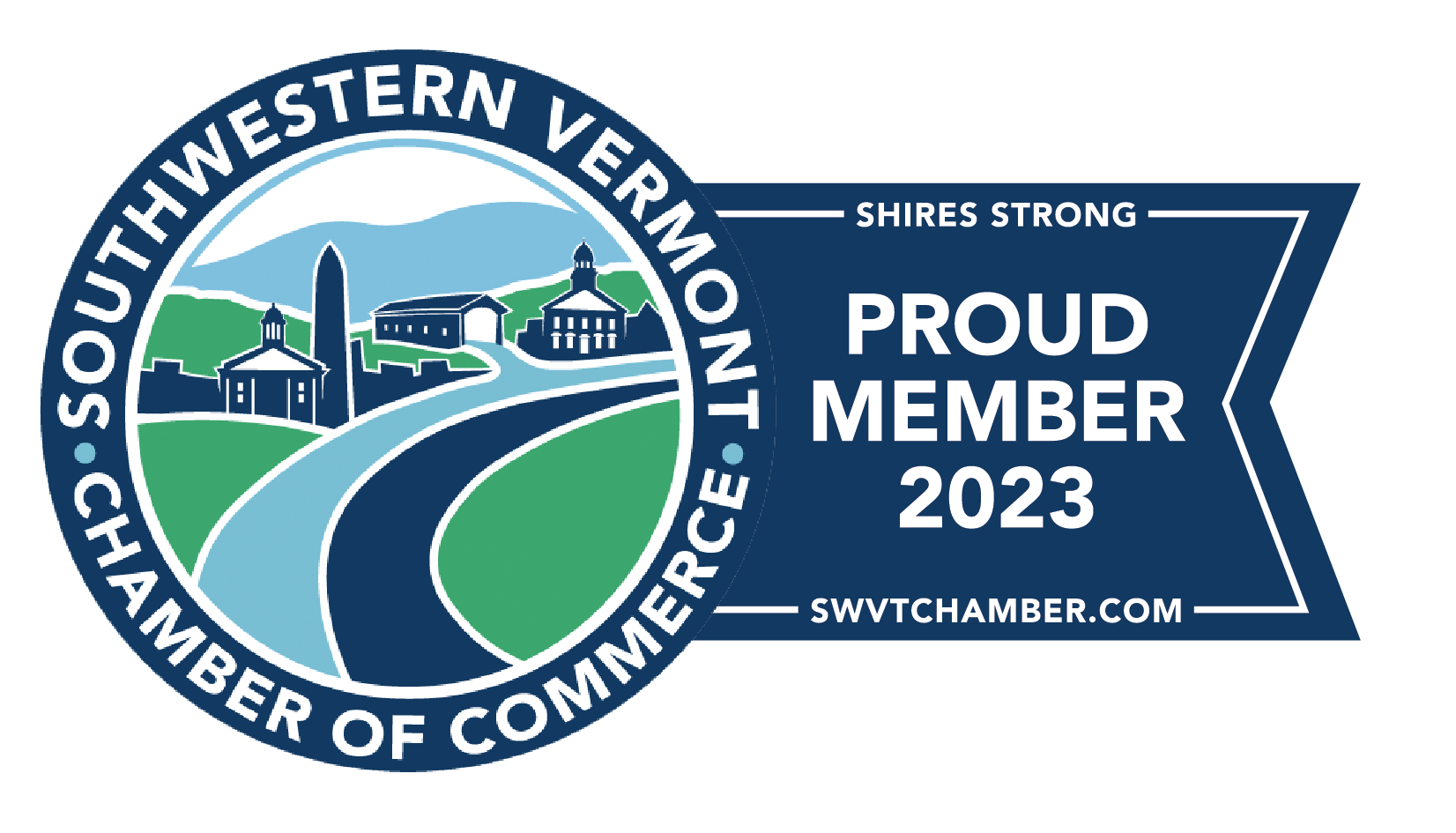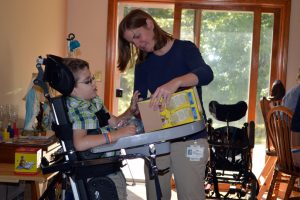 When Matthew was born at Brigham and Women’s Hospital in Boston with a severe congenital diaphragmatic hernia (CDH), his parents had little knowledge of the remarkable support that would be available to them when they returned home to Vermont. All that Nicole and Travis knew at the time was that their newborn son had a very serious medical condition.
When Matthew was born at Brigham and Women’s Hospital in Boston with a severe congenital diaphragmatic hernia (CDH), his parents had little knowledge of the remarkable support that would be available to them when they returned home to Vermont. All that Nicole and Travis knew at the time was that their newborn son had a very serious medical condition.
During prenatal development, Matthew’s diaphragm muscle had not closed all the way resulting in a hole. This hole in his diaphragm allowed his liver and entire intestinal tract to migrate into his chest. These organs pushed their way into his right lung, compressing it, and pushing his heart over to the left. Doctors at Children’s Hospital Boston righted Matthew’s organs and patched the hole the day after he was born, but he was still left with a long list of significant health problems including severe respiratory and heart issues, a paralyzed stomach, the inability to vomit or burp, loose eye muscle, undescended testicles, damaged vocal cords, and hearing loss.
After months of being in the hospital, “Miracle Matthew” (as staff at the hospital called him because of his will to live) was sent home. He would require continuous oxygen, a heart monitor, and tube feedings for all of his nourishment.
Pediatric Home Therapy & High-Tech Staff Come to the Rescue
Upon Matthew’s discharge from Children’s Hospital Boston, VNAHSR’s Pediatric High-Tech staff stepped in immediately with both in-home care for him, and support and education for the family. “When we came home, VNAHSR provided Matthew with 80 hours of care a week,” recalls Nicole. “Over 30 medicines a day had to be administered to Matthew through his feeding tube, he needed constant suctioning, and his lung sounds had to be constantly evaluated. He required tube feedings, respiratory treatments, oxygen therapy, blood draws, IV/central line care, and the exercising of his limbs. We couldn’t have done it without VNAHSR.”
Recounting VNAHSR’s involvement, Nicole adds, “I can’t even begin to express all the emotions we were feeling at the time. We were private people before Matthew’s birth and it was hard to swallow our pride, accept help, and let people into our home. But our nurses’ expertise, and their warm caring approach, made them extended family in no time. They were not only there for Matthew, but for us and our daughter—who was going through a difficult time—as well.”
“Over 30 medicines a day had to be administered to Matthew through his feeding tube, he needed constant suctioning, and his lung sounds had to be constantly evaluated. He required tube feedings, respiratory treatments, oxygen therapy, blood draws, IV/central line care, and the exercising of his limbs. We couldn’t have done it without VNAHSR.”
Kids on the Move Enters the Picture
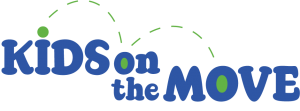
Once Matthew was medically stable at about four months of age, Kids on the Move was called in to help Matthew with additional therapies.
“The pediatric high-tech team wanted Matthew to go to Kids on the Move to improve his low muscle tone, caused by being on life support for so long, and to help with his oral aversion—he would not take in anything orally,” says Nicole. “He also needed help in advance of developing his speech and physical motor skills.”
Once Matthew began preschool at the age of three, a physical therapist from Kids on the Move continued seeing Matthew at his school. One-on-one or with a small group of kids at school, he learned tasks that most parents would take for granted in their child: stacking blocks to help with perception, riding a tricycle to develop muscles, and learning to push a cart.
As time went on, Matthew began to catch up developmentally with his peers.
Matthew Five Years Later
Knowing the arduous journey Matthew has taken to get to kindergarten, including over twenty surgeries, it is astonishing to witness how far he has come. “I did it all by myself today,” he exclaims excitedly in reference to reaching the top of his school’s climbing wall. Matthew is extremely proud of this huge accomplishment, as is his nurse, Chanda McCarthy, who has been with Matthew since he was just a few weeks old.
“Through play, we are continuing to increase Matthew’s respiratory strength, improve his motor skills, and develop his attention span,” explains Chanda. “We are also teaching him life skills such as how to cross traffic safely, learning his left from his right, and recognizing colors, letters, and numbers.”
Another major achievement for Matthew over these past few months is his new ability to take in 100% of his food orally. If he can gain weight and escape respiratory illness, the feeding tube he has had since birth can be removed permanently.
And while the Pediatric High-Tech nurses continue to visit Matthew at home, Kids on the Move staff continue to work with Matthew at school. They work on his muscle development and proper body mechanics, such as sitting straight and holding a pencil.
Thanks to VNAHSR’s generous donors, children like Matthew can receive the care they need.
In the past five years, Matthew received $278,000 worth of critical care that was not reimbursed by insurance. Thanks to all who are part of his success story.
Funding Sources
Kids on the Move is committed to working with families to find the necessary funding needed for therapy. A variety of funding sources exist for those who are not covered by private insurance. These sources include Medicaid, The Vermont Department of Health, and The Family, Infant and Toddler Project of Vermont. We are extremely grateful to those who make donations to Kids on the Move to help insure that children receive quality pediatric rehabilitation services.




